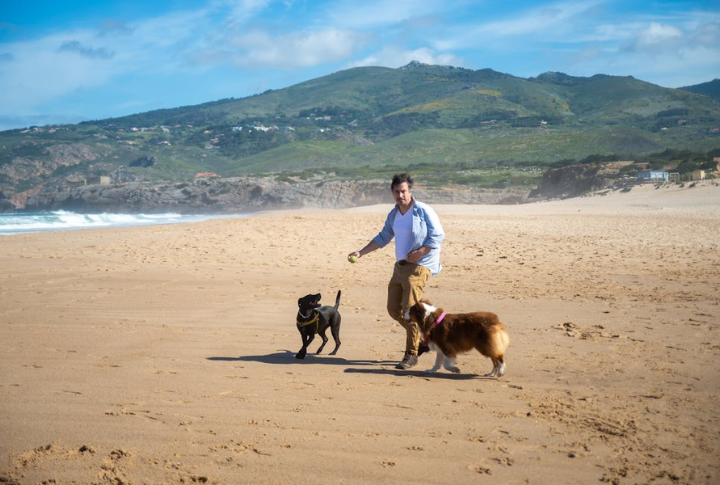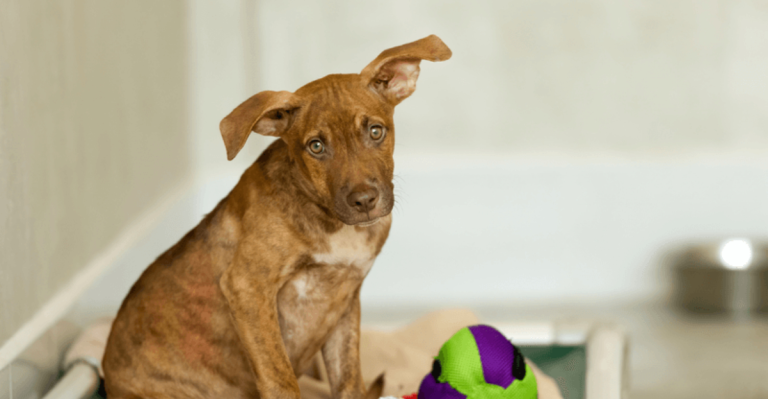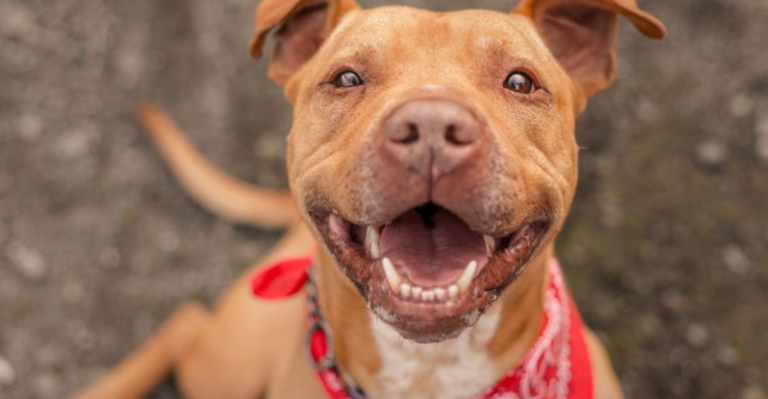15 Ways To Help Your Rescue Dog Adjust Comfortably

Adopting a rescue dog is like welcoming a new friend into your life, someone who may have had a challenging journey but is ready to begin a fresh chapter with you. So, how do you ensure your new canine companion feels right at home? Here are 15 ways to do that. However, it’s important to remember that not every dog is the same, and some tips may not work for all.
Create A Safe Space

Every hero needs a hideout, and your rescue dog is no different! Think of their safe space as a cozy doggy fortress—a plush bed and their favorite toy. A quiet corner with dim lighting helps them feel secure. Drape a blanket over their crate to create a den-like atmosphere, mimicking the natural comfort of a burrow.
Be Patient And Allow Time To Adjust

If rescue dogs had a loading bar, some would reach 100% in days, while others would take months, but slow progress is still progress. A 2022 ASPCA study found that nearly all adopted dogs need three months to settle fully. So give your dog that same grace, and celebrate tiny victories, like a wagging tail or a curious nose sniff.
Introduce New Environments Gradually

Imagine waking up in a completely new world: smells and sounds. Overwhelming, right? That’s how a rescue dog feels in a brand-new home. Take it slow and let them explore one room at a time before introducing the whole house. Start with quiet walks in familiar areas before venturing into bustling streets or noisy parks.
Use Calming Products

Sometimes, extra help is needed to relax your dog during stressful transitions. Calming products like pheromone diffusers or anxiety wraps can provide immediate relief for dogs who experience stress. These products mimic natural scents or offer gentle pressure, which soothes anxiety. However, effectiveness depends on individual dogs, as some may not respond at all.
Provide Enrichment Activities

A bored dog is a mischief-making mastermind; without enough stimulation, that energy can turn into chewed shoes or endless barking. That’s why keeping their brain busy with fun and engaging activities is essential. Puzzle toys turn treat time into a rewarding mission, while scent games bring out their inner detective.
Monitor Body Language For Stress Signs

Pinned ears, lip licking, whale eyes, or a curled tail can also indicate pain, overstimulation, or past trauma. Although there are several other reasons, anxiety and uncertainty remain the most common culprits, especially in new environments. By respecting these signals and adjusting training approaches, you can build trust and ensure your dog feels safe.
Use A Comfortable Harness And Leash

Proper gear matters because a frightened dog often bolts, making secure equipment a must-have for outdoor adventures. A sturdy, well-fitted leash provides control without discomfort, ensuring walks feel safe rather than stressful. Consider a double-clip leash attached to the harness and collar for extra security.
Provide Clear Boundaries And Rules

Every dog loves to know the game plan, and setting clear boundaries and rules right from the start is like giving them a roadmap to success. Whether it’s not jumping on the couch or staying out of the kitchen, laying down the law early helps your dog understand what’s expected.
Provide A Nutritious Diet

The wrong diet can make them jittery or cause them to struggle with digestion, making it harder for them to adjust. That’s why choosing high-quality, protein-rich meals is essential for their body and mind. However, the best macronutrient balance ultimately depends on the dog’s breed, age, and health conditions, and not all dogs need high-protein diets.
Limit Sudden Noises And Triggers

Loud surprises aren’t fun for anyone, especially not for a rescue dog. Fireworks and thunderstorms can turn a calm pup into a bundle of nerves. Instead of letting these sounds send them into a tailspin, create a quiet and cozy atmosphere. Using white noise machines or soft classical music helps drown out sudden noises, making their environment safer.
Establish A Positive Bond Through Play

Nothing says “let’s be best friends” like a good game! Whether it’s a thrilling game of fetch, an exciting round of tug-of-war, or a sneaky hide-and-seek challenge, these moments create positive associations and strengthen your bond. Plus, regular play releases feel-good serotonin, helping to reduce anxiety and encourage relaxation.
Schedule Regular Veterinary Checkups

Did you know that many shelter dogs walk out the door with untreated health conditions? Many of these pups silently suffer from pain, infections, or pesky parasites. By scheduling a checkup within the first week, you can help uncover any hidden problems before they become behavior issues.
Establish A Consistent Routine

Dogs love a good rhythm. Think of their day as a well-rehearsed dance! Morning stretches? Check. Breakfast? Absolutely. A predictable routine turns uncertainty into confidence. Regular potty breaks prevent surprises, while daily walks become thrilling adventures. Even small rituals make them feel safe, like a goofy “let’s go!” before heading outside.
Seek Professional Help When Needed

Certain dog behaviors require expert intervention to ensure a successful transition into your home. Aggression or phobias often demand specialized training. In these cases, certified applied animal behaviorists (CAABs) are invaluable, as they can assess your dog’s unique situation and develop a tailored rehabilitation plan that addresses the causes of the behavior.
Use Positive Reinforcement Training

If you didn’t know, dogs learn faster through positive reinforcement than punishment, and research by the National Institute of Health backs it up! So, every time your dog makes the right move, they should score a reward. Praise them like they just won an Olympic medal, and toss in their favorite toy for extra fun.






